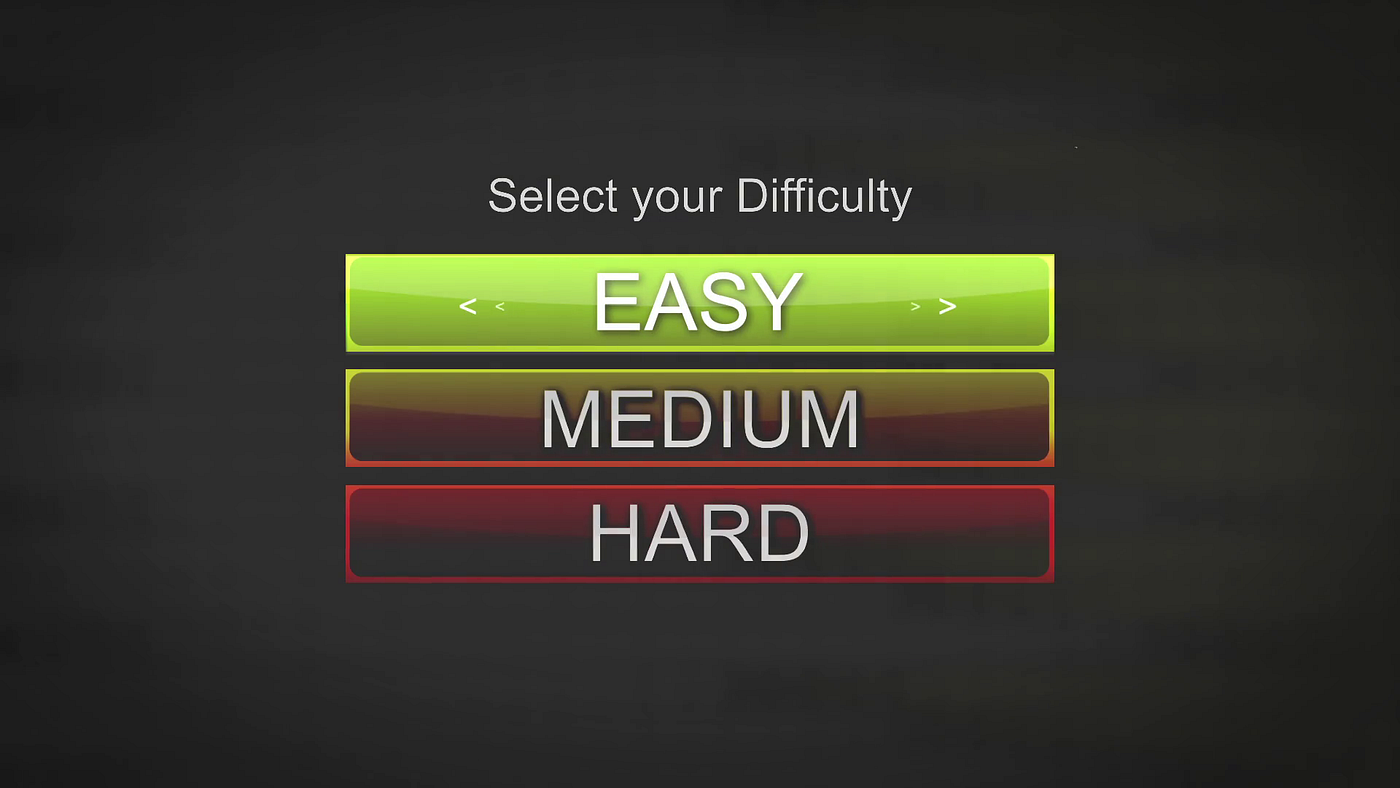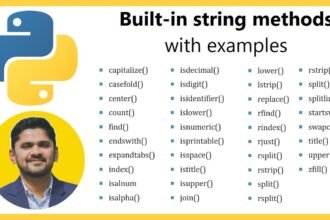Introduction
“Medium-difficulty” describes tasks, problems, or exercises that land between trivial and overwhelming demanding enough to force learning but not so hard that frustration or disengagement sets in. This sweet spot is central to effective practice, motivation, and steady progress across areas like language learning, coding, fitness, music, and workplace skills. When chosen deliberately, medium-difficulty tasks keep attention focused, encourage deliberate practice, and produce the feedback loop learners need to consolidate new abilities. In contrast, tasks that are too easy lead to boredom and shallow gains, while tasks that are too hard can cause anxiety and avoidance. For educators, coaches, and self-learners, understanding how to identify, structure, and scale medium-difficulty challenges is a practical lever for faster, more resilient development. This article explains what medium-difficulty means, when to use it, the benefits it brings, how to design such tasks, and strategies learners can deploy to succeed.
What “Medium-Difficulty” Actually Means
Medium-difficulty isn’t a precise score on a test; it’s a relative zone that depends on the learner’s prior knowledge, context, and objectives. At its core, it’s the set of tasks that require effortful thought, occasional strategy shifts, and some degree of stretching beyond current skill without causing repeated failure. Psychologists call this the “zone of proximal development” the area where help or scaffolding turns a possible struggle into a learning opportunity. Practically, a medium-difficulty task will make someone pause, try different approaches, and ideally succeed after a few attempts or with small hints. It produces cognitive strain but not defeat. The right difficulty also depends on emotional state and stakes: what’s medium for a relaxed weekend learner could be hard under a high-pressure deadline. Effective use of medium difficulty means assessing the person and context and deliberately selecting tasks that create manageable, consistent learning gains.
When to Choose Medium-Difficulty Tasks
Choosing medium-difficulty is ideal when the goal is skill building, durability, and long-term improvement rather than quick wins. Use this level during deliberate practice sessions, early project phases where learning is prioritized, or in training programs that aim to build confidence through repeated, escalating challenges. It’s less useful when the goal is immediate throughput (e.g., repetitive low-skill work) or when safety and error-free performance are required (e.g., certain medical procedures without supervision). For teams, medium-difficulty assignments accelerate capability across members: they push people to collaborate, test ideas, and learn from small, recoverable mistakes. For individual learners, alternating medium-difficulty work with easier consolidation blocks and occasional harder “stretch” problems creates a balanced training schedule that keeps motivation high while steadily raising the ceiling of ability.
Benefits of Medium-Difficulty Challenges
Medium-difficulty tasks deliver several interlocking benefits: they trigger focused attention and deep encoding of knowledge, provide feedback-rich practice, and foster resilience through manageable failure and recovery. Because success usually follows deliberate effort, learners build confidence and a growth mindset. The effort invested yields stronger retention than easy repetition because it requires retrieval, problem solving, and adaptation all processes known to strengthen memory and skill. For instructors and designers, medium-difficulty tasks reduce dropout and boredom while maintaining measurable progress. Additionally, they encourage reflection: when learners stumble, they analyze why and adjust strategies, which accelerates metacognitive skills. Over time, repeated exposure to well-calibrated medium challenges expands capability in a sustainable way, producing skills that transfer better across contexts than rote practice.
How to Design Medium-Difficulty Tasks
Designing medium-difficulty tasks starts with a clear model of the learner’s baseline and the skill components involved. Break skills into small, testable units and assemble tasks that combine known elements with one or two new or slightly harder elements. Add scaffolds hints, partial solutions, or worked examples that you can remove as competence grows. Use adjustable parameters (time limits, problem size, constraint complexity) so the same task can be tuned to different learners. Include immediate, specific feedback so users learn what to change next. For group settings, design problems that reward communication and shared reasoning rather than individual genius. Finally, build short cycles of practice and reflection: attempt → feedback → revisit. This approach keeps difficulty in that middle band, ensures repeated successes, and supports transfer by varying contexts and constraints in controlled ways.
Strategies Learners Can Use to Tackle Medium-Difficulty Work
Approaching medium-difficulty tasks effectively requires both mindset and method. Start by clarifying the goal: know whether you’re practicing, testing, or exploring. Break the task into sub-steps and estimate which parts are familiar versus new; tackle a small chunk first to build momentum. Use active strategies: explain your thinking aloud, test hypotheses quickly, and seek targeted feedback (a hint or a worked step) when stuck. Schedule frequent short practice sessions rather than long marathons spacing enhances retention and prevents burnout. Keep a short log of errors and the fix you applied so patterns emerge. Finally, normalize productive struggle: expect to fail a few times and treat each failure as diagnostic data. These habits turn medium difficulty from a source of stress into a reliable engine for skill increase.
Conclusion
Medium-difficulty is more than a label it’s a design principle for learning and performance. Used intentionally, it balances challenge and achievability to maximize engagement, retention, and steady progress across disciplines. Whether you’re an educator crafting exercises, a manager assigning developmental projects, or a self-learner structuring practice, aiming for the medium-difficulty zone will help you move faster and more sustainably than oscillating between boredom and overwhelm. Start small: tune one task, observe how learners respond, and iterate. Over time, a steady diet of well-calibrated, medium-difficulty challenges builds competence, confidence, and the habit of continuous improvement.
Frequently Asked Questions (FAQs)
Q1: How do I know if a task is truly medium-difficulty for me?
A1: If you need effortful thinking, try a few different approaches, and can reach a correct or useful result within a few attempts or with a small hint, it’s likely medium-difficulty. If you breeze through it, it’s easy; if you can’t make progress after many tries, it’s probably too hard.
Q2: Can medium-difficulty tasks be used in exams or assessments?
A2: Yes but with care. In assessments, medium-difficulty items reveal partial mastery and problem-solving ability. Ensure support or grading rubrics account for the deliberate challenge level.
Q3: How often should I practice medium-difficulty tasks?
A3: Frequent, short sessions (e.g., 20–40 minutes a day) with spacing and review are more effective than long, infrequent marathons. Balance with easier consolidation tasks and occasional harder stretches.
Q4: What if learners get frustrated with medium-difficulty tasks?
A4: Add scaffolds (hints, worked examples), reduce task scope, or provide peer support. Track frustration levels and adjust parameters so challenge remains productive, not demoralizing.
Q5: Are there fields where medium-difficulty is not appropriate?
A5: In high-risk situations where mistakes are dangerous (certain medical or safety-critical tasks), training requires supervised practice and safeguards. But even there, medium-difficulty practice with proper controls often helps build competence safely.









